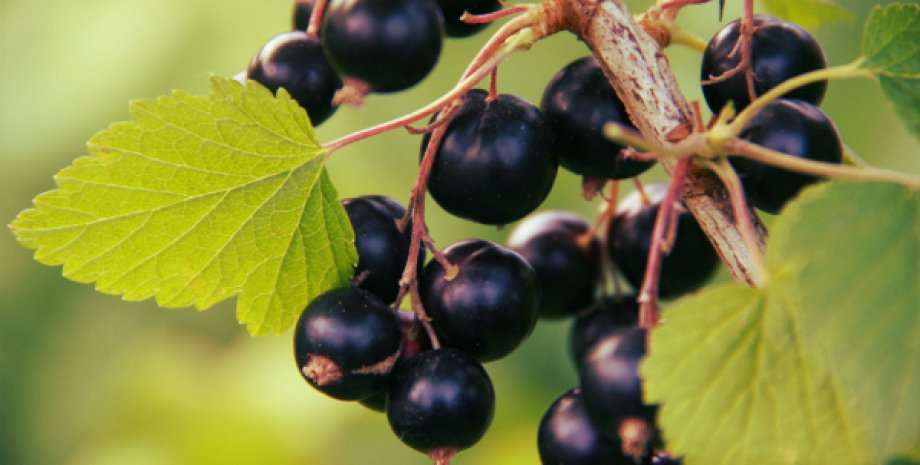
It is noted that in the late 19th century, black berry was quite popular with New York residents, but currants were banned from Cronartium Ribicola's parasitic fungus. This mushroom caused a blistering rust on white pines, and as a carrier used currant shrubs. For the rescue of the forest industry since 1911, state governments have prohibited the cultivation of black currant and similar plants.
In the mid -20th century, varieties began to be removed, but because of the threat to pine trees, some people were still in memory, the authors of the article write. In addition, most Americans have never tasted black currant, so the ban on growing it did not bother anyone. The government began to allow individual states to lift the ban in 1966, but the process was slow.
In New York, the ban was shot in 2003 thanks to one person's efforts-Greg Quinn convinced the government that cultivation of culture is now safe. However, journalists point out that many Americans still do not know what black currant is tasteful. Black currant (Ribes nigrum) historically comes from Northern Europe and Asia.
Its fruits are rich in vitamin C, they are eaten raw and used in cooking, as well as in the manufacture of jams, alcoholic beverages, for the manufacture of flavors and purple dyes. We will remind, on October 2 the media wrote, which 10 products contained the most vitamin C. In addition to traditional oranges and lemons, the list includes black currant, bell pepper, chilli pepper, strawberries, cabbage, daddy, melon, kiwi and broccoli.










All rights reserved IN-Ukraine.info - 2022